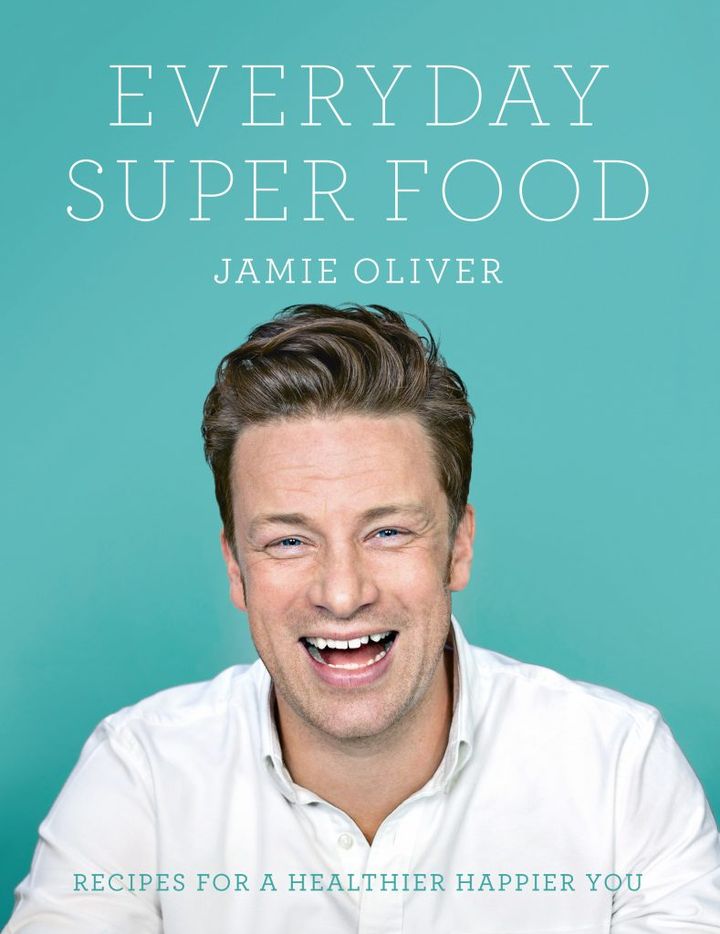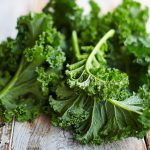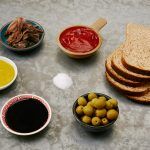There are more than 6,500 preventable alcohol-related deaths in the UK each year. So, bearing in mind that this book is all about optimal health, I thought a page about something that quite a lot of us enjoy, possibly too much as far as government recommendations are concerned, might be helpful.
So I want to share a few facts and some ideas and approaches I’ve found useful. My aim is that we can still enjoy and consume alcohol responsibly, without letting that enjoyment become detrimental to our health. I know many of you love a drink, just like I do, so let’s not patronise each other, but we can always use a few good ideas, right?
LOVING OUR LIVERS
When I met liver specialists Professor Mark Thursz and Professor Gary Frost, what was fascinating to me was that the liver, our largest internal organ, which deals with alcohol and all toxins in the body, is crucial, wonderful and extraordinary. We’ve only got one, so it’s important not to mess it up. The liver breaks down our food and converts it into energy and essential proteins. It’s centrally important in our metabolism, and in how we process nutrients and detoxify poisons. The liver also helps to remove waste products, filters toxins from the bowel and plays a role in fighting infections.
Our livers don’t like excess alcohol and excess fat – storing too much visceral fat (around our internal organs in the belly area) can increase our risk of type-2 diabetes, and non-alcoholic fatty liver disease. So looking after our liver is absolutely essential, i.e. if you eat unhealthily, don’t stay hydrated and drink too much alcohol, it’s not looking good. On the food front, all the recipes in this book will help keep your liver happy.
ALCOHOL ISN’T NUTRITIOUS
Regardless of quality, alcohol, as far as your body is concerned, is not nutritious and is toxic. At 7 calories per gram, it’s almost up there with fat on the high-calorie scale. It can be addictive, and undoubtedly has been responsible for some of the worst behaviour and decisions on the planet. So let’s be responsible about it.
UK GOVERNMENT ALCOHOL RECOMMENDATIONS
- Men: no more than 21 units a week and 3 to 4 units a day (4 units is just under 11⁄2 pints of lager)
- Women: no more than 14 units a week and 2 to 3 units a day (3 units is 1 large glass of wine)
So that’s a shocker. My first question was: can I save up my Monday to Thursday drinks for the weekend? And of course, government guidelines say NO! Binge drinking isn’t advisable for lots of reasons, but what they do like is us having a three-day break from alcohol each week – good to know.
WHAT ARE UNITS OF ALCOHOL?
One unit is 10ml of pure alcohol. A good measure (excuse the pun) of which drinks the liver prefers is the %ABV, that’s alcohol by volume. It’ll be displayed on packaging as a percentage of the whole drink. The higher the percentage, the more alcohol present.
- 1 pint of lager or cider (568ml) at 5% ABV is 2.8 units and 215 calories
- 1 large glass of wine (250ml) at 12% ABV is 3 units and 180 calories
- 1 shot of spirit/liqueur on ice (25ml) at 40% ABV is 1 unit and 59 calories
- 1 gin and tonic (1 x 25ml shot and 1 x 250ml tonic) at 40% is 1 unit and 114 calories
So if calories and watching your weight is an issue, then bigging up water as your chosen drink is your biggest weapon. If you are partaking, you can see the calorific value of some of our most common drinks above.
WHAT IS A HANGOVER?
Alcohol is a diuretic, so drinking excessively can make us very dehydrated, which is why we can get a headache or feel nauseous. Crucially, alcohol consumption can disrupt and disturb our sleep. We may sleep for a longer time, but we need quality, not quantity. Excessive alcohol means we get far less deep sleep – that’s why we often feel tired after drinking. Regularly hindering our sleep by drinking booze is definitely going to have a negative impact on our overall health.
HOW TO PREVENT A HANGOVER
- Don’t drink on an empty stomach – a carb-based meal can help slow the absorption of alcohol
- Pairing alcohol intermittently with water is an easy habit to get into and very helpful
- Two or three days off between drink-ups is much better than consecutive drinking, as it allows your liver time to recover and repair
- It’s suggested that darker spirits are more likely to give you a less clear head the next day
- Red wines with high sulphite levels are rumoured to cause headaches, but it’s more likely dehydration that’s the culprit – the tannins in red wine can affect some people, though
HOW TO DEAL WITH A HANGOVER
- Keep well hydrated in the days after drinking to ensure your body rehydrates properly
- Paracetamol can help with headaches
- Avoid ‘hair of the dog’ or a morning-after drink – this doesn’t help, it just prolongs the pain
- Eat a hearty breakfast – this is one situation where simple carbs can help. Or, enjoy things that will help you to rehydrate, such as soups
- I always find a nice breath of fresh air helps, so getting outside for a little walk is advisable
- Take a break from alcohol for a few days after a heavy session to give your liver time to recover
Everyday Super Food by Jamie Oliver is published by Penguin Random House ⓒ Jamie Oliver Enterprises Limited (2015 Everyday Super Food) Photographer: Jamie Oliver
























